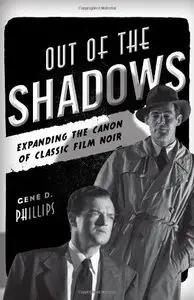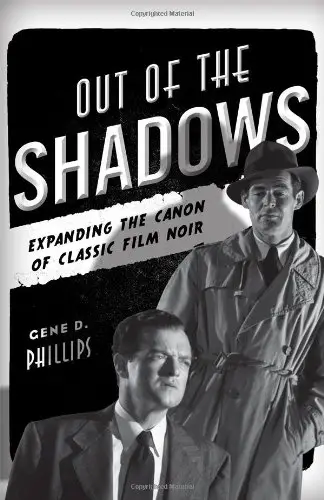Out of the Shadows: Expanding the Canon of Classic Film Noir by Gene D. Phillips
English | 2011 | ISBN-10: 0810881896 | PDF | 322 pages | 7 MB
English | 2011 | ISBN-10: 0810881896 | PDF | 322 pages | 7 MB
Film noir was a cycle in American cinema which first came into prominence during World War II, peaked in the 1950s, and began to taper off as a definable trend by 1960. Over the years, a group of films from the period emerged as noir standards, beginning with Stranger on the Third Floor in 1940.
However, since film noir is too wide-ranging, it cannot be kept within the narrow limits of the official canon that has been established by film historians. Consequently, several neglected movies made during the classic noir period need to be re-evaluated as noir films.
In Out of the Shadows: Expanding the Canon of Classic Film Noir, Gene Phillips provides an in-depth examination of several key noir films, including acknowledged masterpieces like Laura, The Maltese Falcon, Sunset Boulevard, and Touch of Evil, as well as films not often associated with film noir like Spellbound, A Double Life, and Anatomy of a Murder. Phillips also examines overlooked or underappreciated films such as Song of the Thin Man, The Glass Key, Ministry of Fear, and Act of Violence. Also considered in this reevaluation are significant neo-noir films, among them Chinatown, Hammett, L.A. Confidential, and The Talented Mr. Ripley.
In his analyses, Phillips draws upon a number of sources, including personal interviews with directors and others connected with their productions, screenplays, and evaluations of other commentators. Out of the Shadows explores not only the most celebrated noir films but offers new insight into underrated films that deserve reconsideration. Of interest to film historians and scholars, this volume will also appeal to anyone who wants a better understanding of the works that represent this unique cycle in American filmmaking.



